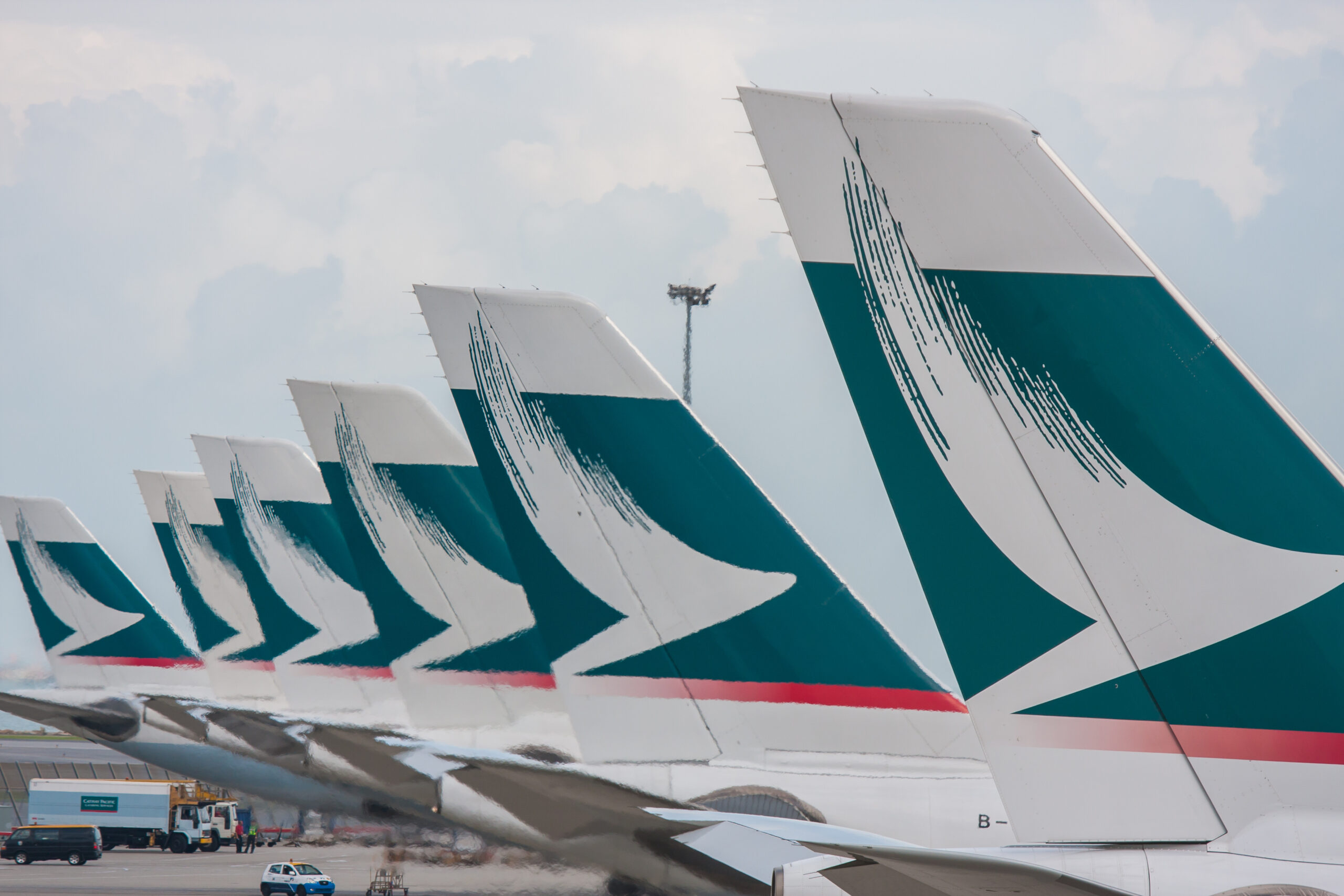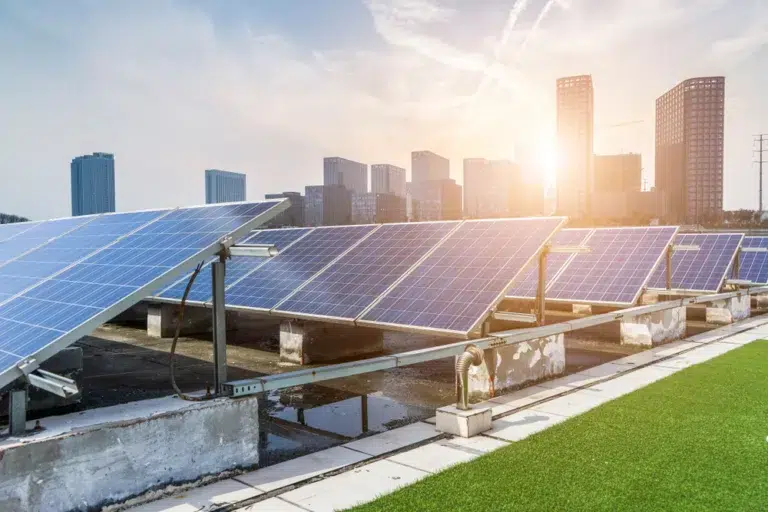News roundup: Hong Kong’s Cathay Pacific posts profits for first time since 2019, and other headlines

For PropertyGuru’s news roundup, Hong Kong carrier Cathay Pacific reported its first annual net profit since 2019. In other headlines, welcome a new era in construction with the convergence of recycled materials and sustainable design practices like good natural ventilation, and a checklist of things to do before a tenant returns the property keys to the owner.
Hong Kong’s Cathay Pacific ‘leaves COVID-19 behind,’ reports first annual profit since 2019
Hong Kong carrier Cathay Pacific reported its first annual net profit in four years, citing a surge in demand as it emerges from the impact of the financial hub’s COVID isolation, according to HKFP.
Hong Kong’s aviation sector has struggled to fully recover from the impact of pandemic-era policies, which imposed strict rules on travellers and kept the city internationally isolated before they began to be lifted in late 2022.
“In 2023, we finally left the COVID-19 pandemic behind us,” Cathay chair Patrick Healy said, adding that it was “our first profitable year since 2019. The year was characterised by a notable surge in travel demand following three years of pandemic-related restrictions.”
And CEO Ronald Lam said in the statement: “To our stakeholders, thank you for standing by us and motivating us to be the company of choice. We are ready to unleash the potential and innovation of our next exciting phase of development – Cathay is back!”
Significance of recycled materials and natural ventilation in workplace design
There is a growing symbiotic relationship between built environments and natural elements in architectural innovation. The notion of seamlessly integrating structures with prevailing natural forces has gained significant traction. This approach champions sustainability and fosters environments conducive to productivity and well-being.
As eco-conscious practices grow, the construction industry is at a pivotal juncture. With mounting concerns over resource inefficiency, carbon emissions, and waste management, there is a pressing need for transformative solutions. In this context, recycled building materials offer a pragmatic pathway towards greener construction practices. These materials offer tangible benefits, such as reduced energy consumption and minimised waste, and serve as a testament to the power of sustainable innovation.
Housing.com reports how the convergence of recycled materials and sustainable design practices, including good ventilation, signifies a new era in office building construction.
End of retail and commercial lease checklist
In Australia, commercial leases come with standard clauses to ensure a property can be tenanted again once its current lease expires.
This includes the crucial make good provision which requires tenants to return the property to its original condition at the end of their time there. Make good clauses require commercial tenants at their lease’s expiry to return their property to the condition it was in at the time of the lease’s commencement. These clauses are most likely to appear in an agreement where the tenants lease the building as a shell or intend to change an existing fit-out and will differ depending on owners and assets.
Some owners may see the tenant’s property changes as an improvement and will be happy for them to remain after they leave while others may agree to the tenants’ removing only their own fit-out changes and details.
However, some landlords require tenants to strip the property back to a bare shell including removing floor carpets.
realcommercial.com.au provides a list of things to check before a tenant returns the property keys to the owner.
The Property Report editors wrote this article. For more information, email: [email protected].
Recommended
Balancing growth and sustainability in Malaysia’s property market
The nation’s property market is stirring to life, fuelled by foreign buyers and major infrastructure drives
ARES White Paper Volume 3: The era of adaptive reinvention
Pioneering sustainable and innovative practices in urban development
ARES White Paper Volume 2: Unravelling the power of data revolution in real estate
Insights on proptech, smart cities, and sustainable development
ARES Digital White Paper Volume 1: The fundamentals of responsible building
Green and climate heroes join forces to discuss how Asia Pacific can weather the current environmental crises and the looming effects of climate change






